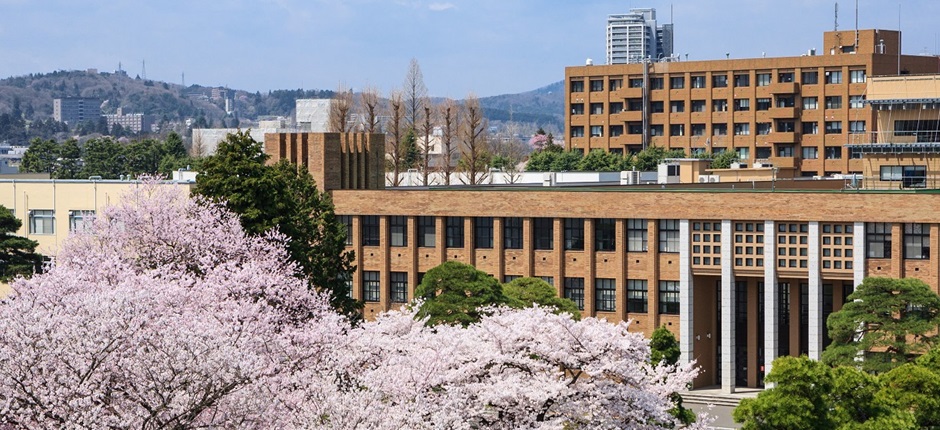The conference and the ISNSCE society will award three prizes: "DNA 29 Best Student Paper Award", "ISNSCE Best Student Presentation Award", and "Best Student/Postdoc Poster Award". Recipients of the prize will be notified at the time of the conference banquet. The committee reserve the right to limit each presenter to a maximum of one prize.
- Best student paper award: This is for a Track A paper whose lead author(s) is a student at the time of submission. To be fully considered for this award, a senior author or advisor will be asked to submit a letter justifying the nomination and indicating which author(s) should be considered for the award.
Winner: Rational design of DNA sequences with non-orthogonal binding interactions - Joseph D. Berleant
Runner-up: Optimal Information Encoding in Chemical Reaction Networks - David Doty, Austin Luchsinger and David Soloveichik
- Best student presentation award: This is for a Track A or Track B talk whose presenter is a student and a lead author on the paper at the time of submission.
Winner: Revisiting hybridization kinetics with improved elementary step simulation - Jordan Lovrod, Boyan Beronov, Chenwei Zhang, Erik Winfree and Anne Condon
Runner-up: Strong Sequence-Dependence in RNA/DNA Hybrid Strand Displacement Kinetics - Francesca Smith, John Goertz, Thomas Ouldridge and Molly Stevens
- Best student/postdoc poster award: This is for a poster whose lead author(s) is a student or postdoc at the time of submission.
Winner: Controlled division of DNA droplet-based artificial cells coupled with enzymatic time delay circuit - Tomoya Maruyama, Ryohei Furuichi, Akihiro Yamamoto, Jing Gong and Masahiro Takinoue
Winner: A simple symmetry-based approach to designing DNA origami tile assemblies - Daichi Hayakawa, Thomas Videbaek and W. Benjamin Rogers
Winner: Harvesting Brownian Motion: Zero Energy Computational Sampling - David Doty, Niels Kornerup, Austin Luchsinger, Leo Orshansky and David Soloveichik
Runner-up: Accelerating DNA Strand Displacement Cascades Enabling Rapid Detection of Low Concentration Signals - Cadence Pearce, Paul Rothemund and Chris Thachuk
